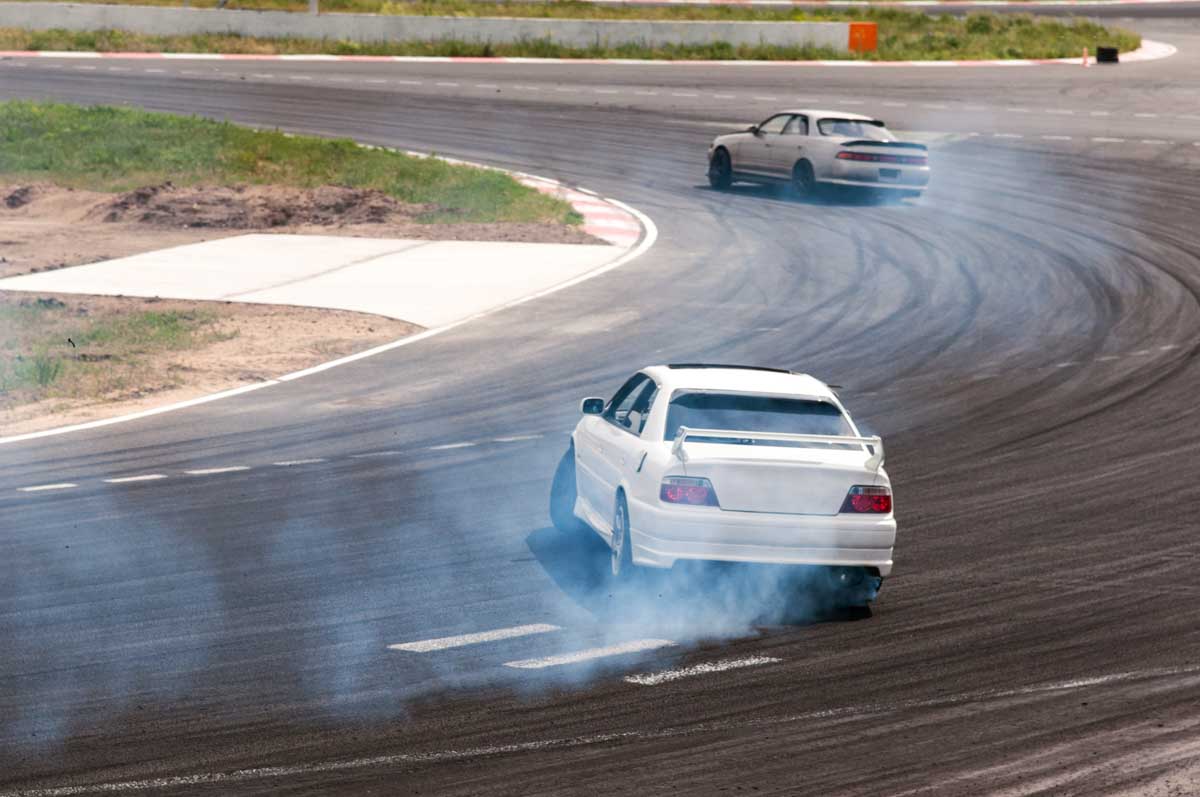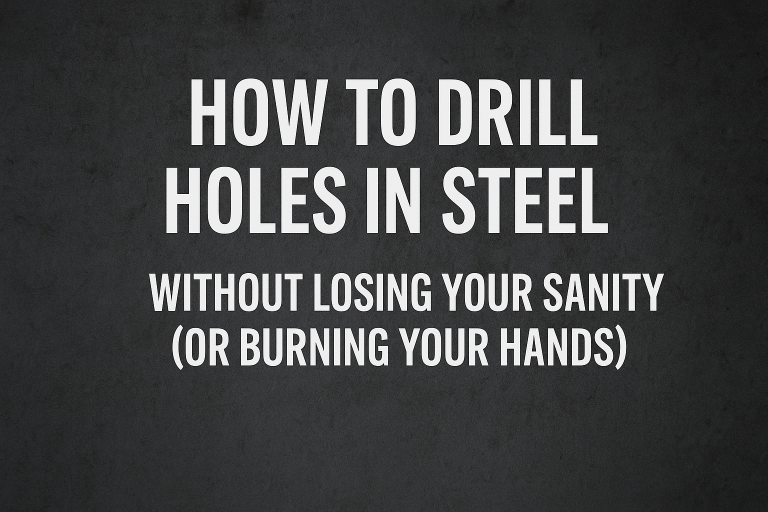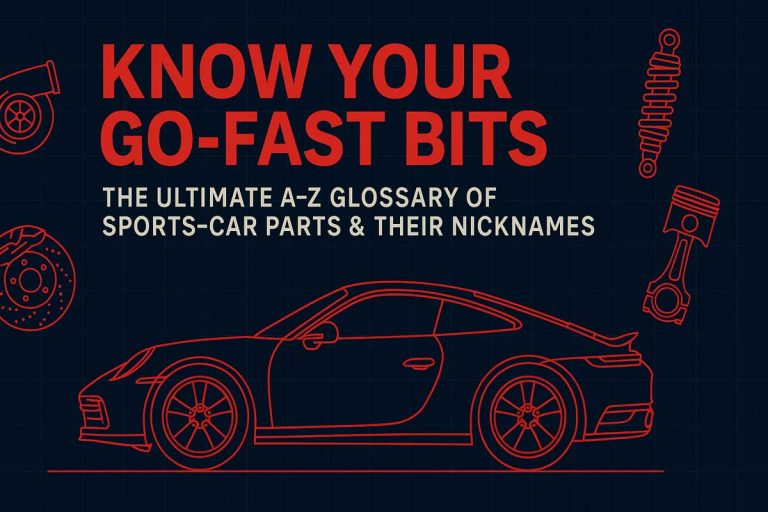Perfectly Off-Kilter: Understanding Basic Car Balance in Motorsports
If horsepower is the rockstar of the motorsports world, balance is the quietly brilliant bassist holding the whole thing together. It’s not flashy. You won’t find it plastered across Instagram reels with fire emojis. But it might just be the single most important factor separating a corner-carving legend from a four-wheeled yard sale.
Let’s talk about what balance really means, how the factory tries to give you a head start (or doesn’t), and how you can tune your car to handle like a dream—or at least spin out less often.
What Is Balance, Anyway?
In the simplest terms, balance is how your car distributes its weight and behaves dynamically when turning, braking, accelerating, or getting yeeted into a corner a little too hard.
There are two kinds:
- Static balance: Where the weight sits when the car is parked.
- Dynamic balance: What happens when the tires start screaming.
The holy grail? Neutral balance—where the car rotates predictably without excessive understeer (pushing wide) or oversteer (turning too tightly). But what’s “perfect” depends on what you’re doing with the car and how much chaos you enjoy.
How Manufacturers Try to Balance Your Ride
OEMs design cars with balance in mind, but they’re not just thinking about racetrack glory. They’re juggling safety regs, grocery runs, and the need to not terrify Karen from accounting on her morning commute.
Some examples:
- Mazda Miata: 50/50 weight distribution, rear-wheel drive, and a setup that’s basically “handling for dummies”—in the best way.
- Subaru WRX: Front-heavy, but symmetrical AWD tries to keep it civilized.
- Porsche 911: Engine hanging off the rear axle like a stubborn toddler—but with decades of German engineering to make it work (and scare you a little in the process).
Front-to-back balance (longitudinal weight distribution)
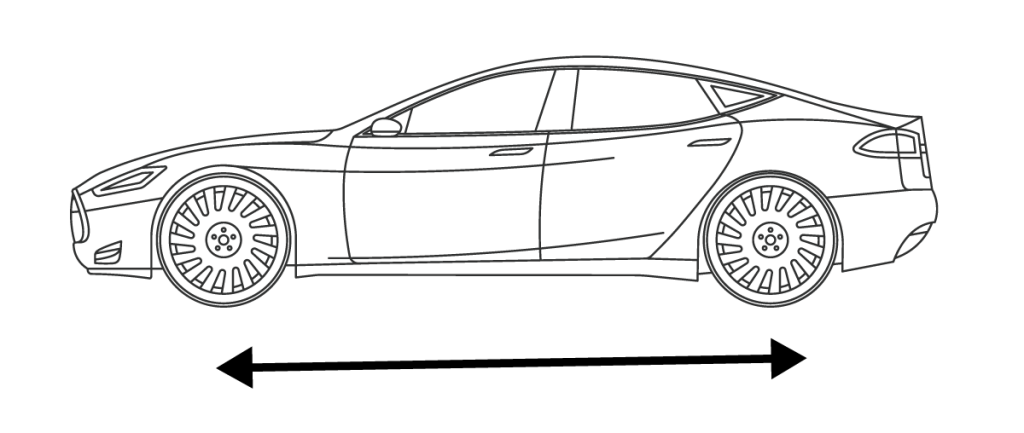
The “longitudinal weight distribution” refers to how the car’s weight is distributed from front to back between the front and rear axles. When talking about how a car is balanced, this is typically shortened to front‑to‑rear weight distribution, for instance “52 % front / 48 % rear.”
An evenly balanced car would have a weight distribution close to 50% front, 50% back. Because the engine is so heavy on internal combustion engines (ICE), cars with a close to 50:50 weight distribution tend to be mid-engine cars, or front and rear engine cars where the engine is close to the middle of the car.
Side-to-side balance (lateral weight distribution)
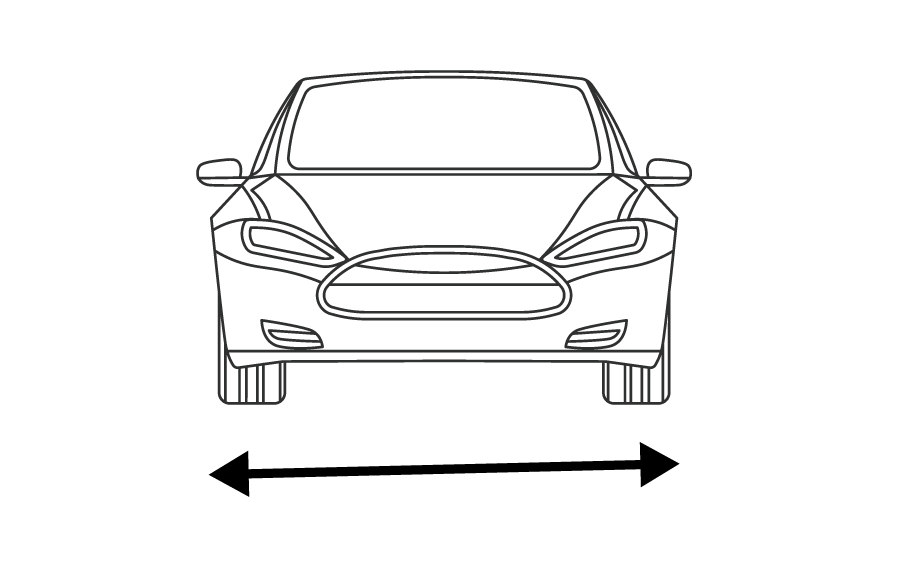
A cars balance from the left to right is called its lateral weight distribution (or simply left‑to‑right weight split). In most performance cars, the lateral distrution of weight is roughly even when static, but the lateral weight distribution under dynamic conditions (aka, in turns) is critical in motorsports.
Balance on the Go: Load Transfer (Dynamic Weight Distribution)
Now that we’ve talked about the basics of how a car is balanced when sitting still, let’s talk about what happens to the distribution of weight and forces in a car when the car is moving — something known generally as “load transfer.”
Let’s assume you are sitting still in a car that is perfectly balanced front to back, so 50% of the weight on the front axle and 50% on the back. What happens if you let off the break and accelerate forward?

You guessed it, the force of that acceleration pushes you back into your seat as the car moves forward (if you don’t like it, blame Isaac Newton’s first law of motion). It also pushes the weight of pretty much everything other part of the vehicle backwards.
This means that the distribution of the weigh on the car shifts to the rear, so what was once a 50:50 balance, may now be 45% of the weight on the front wheels and 55% on the rear wheels.
This has a number of implications. When more weight is loaded on the rear tires, they have more grip than the front tires. This is why drag racers, which accelerate from a stop at extreme speeds need wide and sticky rear tires to provide grip as the car squeals forward, and why the front wheels may completely come off the tarmac (hot damn!).
On the flip side, imagine you are driving along a constant speed, so the car is generally balanced as it is when sitting still, and then you hit the break. Now, the forces are opposite of what was described above.

The breaking force pushes you forward against your seatbelt and the load transfer shifts the weight distribution over the front wheels (e.g., 55:45 weight distribution). As a result the front wheels now have more grip/traction than they did before you braked and the rear wheels have less.
The forces that create load transfer from the front axle to the rear axle are engine power (throttle) and braking (which can also come from the engine in a downshift, but most often from the brakes). The forces that shift weight laterally to the left or the right when on flat ground are due to turning the vehicle.
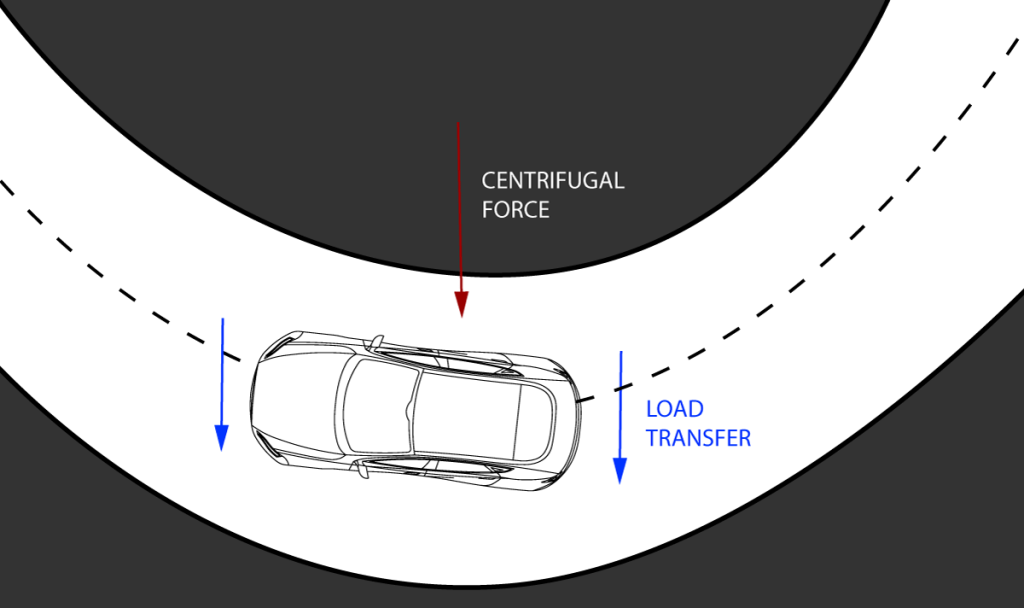
When turning, centrifugal force on the driver pushes them towards the outside of the turn, and that same force applies to the car, shifting the weight distribution to the wheels on the outside of the turn.
This force (technically an apparent centrifugal force) is what sometimes flips top-heavy vehicles as they go around a turn too fast – tumble, tumble, tumble! As a Jeep owner, one of my nightmares…
Load transfer is a huge subject in performance car design and handling and modification, as well as the driving skills needed to adeptly handle a race car or any vehicle, for that matter. We’ll get into those topics in detail subsequent posts.
How Sports Cars are Like Airplanes
We’ve covered how acceleration, breaking and turning shift result in vehicle load transfer from front-to-back and side-to-side. Now it’s time to understand how these factors result in the three -dimensional positioning of the car. And to do that, it’s helpful to learn some terms you are probably more familiar with from aviation: yaw, pitch, and roll.
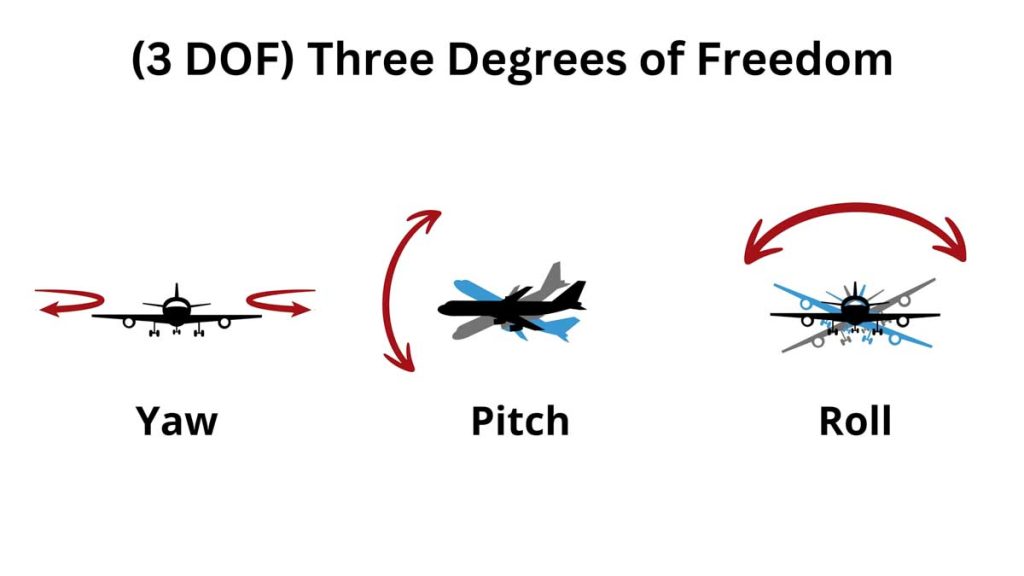
Yaw refers to the rotation of a vehicle or object around its vertical axis, causing the front end to turn left or right—like a car steering or drifting around a corner.
Pitch is the rotation around the lateral, or side-to-side, axis of an object, which raises or lowers the front end—similar to nodding your head up and down.
Roll describes the rotation around the longitudinal, or front-to-back, axis, resulting in the object tilting side to side—like a plane banking into a turn or a car leaning during a hard corner.
These three degrees of rotational freedom describe a car’s position in three-dimensional space and handling in dynamic conditions, such as cornering on a race track. Above, I described how the cars weight distribution shifts to the wheels on the outside of the turn in a corner. But that’s only part of the story.

That weight shift is combined with yaw, as the car changes lateral direction, as well as roll, as the cars body leans out over the tires. If the driver is braking into the turn, the cars weight pitches forward over the front wheels, and if the accelerate out of the term the car pitches backward as the weigh shifts over the rear wheels.
Each of these motions involves load transfer are critical to car design and driving in motorsports.
Design and Mechanical Factors that Influence Balance and Handling
A car’s balance is influenced by many interconnected design and mechanical factors. Here’s a breakdown of the key elements that affect vehicle balance, grouped into categories:
Suspension Design and Components

The suspension system plays a major role in dynamic balance by controlling how weight is transferred as the car moves. Spring rates determine how much the car resists compression under load; stiffer springs offer sharper handling, while softer springs improve ride comfort at the cost of responsiveness.
Anti-roll bars, or sway bars, connect the left and right wheels to reduce body roll and can be tuned front-to-rear to dial in understeer or oversteer characteristics. Shock absorbers, or dampers, control the speed of suspension movement and directly influence how the car handles transitions like braking and turning.
Ride height also matters — lowering the car reduces its center of gravity, improving balance and reducing body roll, especially when paired with adjustable coilovers. Suspension geometry — including camber, caster, and toe settings — affects how tires make contact with the road under cornering loads, which in turn shapes how balanced the car feels when pushed to its limits.
Summary
Spring Rates
- Stiffer springs reduce body roll and improve responsiveness but can reduce compliance.
- Softer springs increase comfort but allow more weight transfer and body movement.
Anti-Roll Bars (Sway Bars)
- What they do: Connect left and right suspension to reduce body roll.
- Balance impact: Adjusting stiffness front vs rear affects understeer/oversteer characteristics.
Dampers/Shocks
- Role: Control the speed of suspension movement.
- Balance impact: Affects how quickly the car reacts to weight shifts (braking, acceleration, cornering).
Ride Height and Center of Gravity (CG)
- Lower CG improves balance by reducing body roll and weight transfer.
- Adjustable ride height (via coilovers, for example) can fine-tune handling characteristics.
Suspension Geometry
- Camber, caster, and toe settings determine how tires contact the road under load.
- Impacts grip, responsiveness, and balance under turning/braking forces.
Chassis Design
The physical layout and dimensions of a car’s chassis impact how it behaves dynamically. A longer wheelbase typically offers more high-speed stability but is slower to rotate in tight corners, while a shorter wheelbase makes for quicker direction changes but can be twitchier at the limit.
A wider track — the distance between the left and right wheels — improves lateral stability and grip. Additionally, torsional rigidity, or how stiff the chassis is, contributes to balance by helping the suspension do its job consistently, without unwanted flex or twist under load.
Summary
Wheelbase and Track Width
- Longer wheelbase: More stable but slower to rotate.
- Wider track: Increases lateral grip and stability during cornering.
Torsional Rigidity
- A stiffer chassis maintains consistent suspension geometry and improves predictability and responsiveness.
Drivetrain Layout
The type and position of a car’s drivetrain — whether it’s front-wheel drive (FWD), rear-wheel drive (RWD), or all-wheel drive (AWD) — dramatically influence how balance plays out in motion. FWD cars tend to be front-heavy and understeer more easily, while RWD cars allow better front-rear balance and enable drivers to rotate the car with throttle input.
AWD systems add weight but can improve traction and balance, especially if the torque split between the axles is tunable. In motorsports, the drivetrain layout is carefully chosen to match the balance characteristics needed for the application.
Summary
Front-Wheel Drive (FWD)
- Usually front-heavy, leading to understeer tendencies.
- Less dynamic balance under throttle.
Rear-Wheel Drive (RWD)
- Better front-rear balance potential.
- Allows for rotation and throttle steering — more dynamic handling.
All-Wheel Drive (AWD)
- Heavier and more complex.
- Can improve balance and traction but depends on torque split and tuning.
Tires and Tire Setup
Tires are where all the forces of acceleration, braking, and cornering ultimately meet the road, so their characteristics are central to balance. The compound, width, and sidewall stiffness of the tires determine how much grip is available at each corner.
A staggered setup — with wider tires in the rear — can increase rear grip and reduce oversteer, while uniform tire sizing can help maintain a more neutral balance. Even tire pressure adjustments can subtly shift balance by changing the tire’s contact patch and responsiveness.
- Tire compound and width greatly affect grip levels at each axle.
- Staggered setups (wider tires in rear) influence handling balance — common in RWD sports cars.
- Tire pressure can also subtly affect grip and balance.
Corner Balancing (Cross Weight Balancing)
Corner balancing is the process of adjusting a car’s suspension so that the diagonal weights across the car are as equal as possible. This is especially important for performance and race cars, as uneven diagonal loads can lead to unpredictable behavior during cornering. Using a set of corner scales, a car can be fine-tuned so each wheel carries the ideal amount of load, improving both handling consistency and driver confidence.
- Performed with corner scales to ensure that diagonal weight loads are evenly distributed.
- Critical for race cars — affects how the car behaves in corners under load.
Powertrain Location and Mass
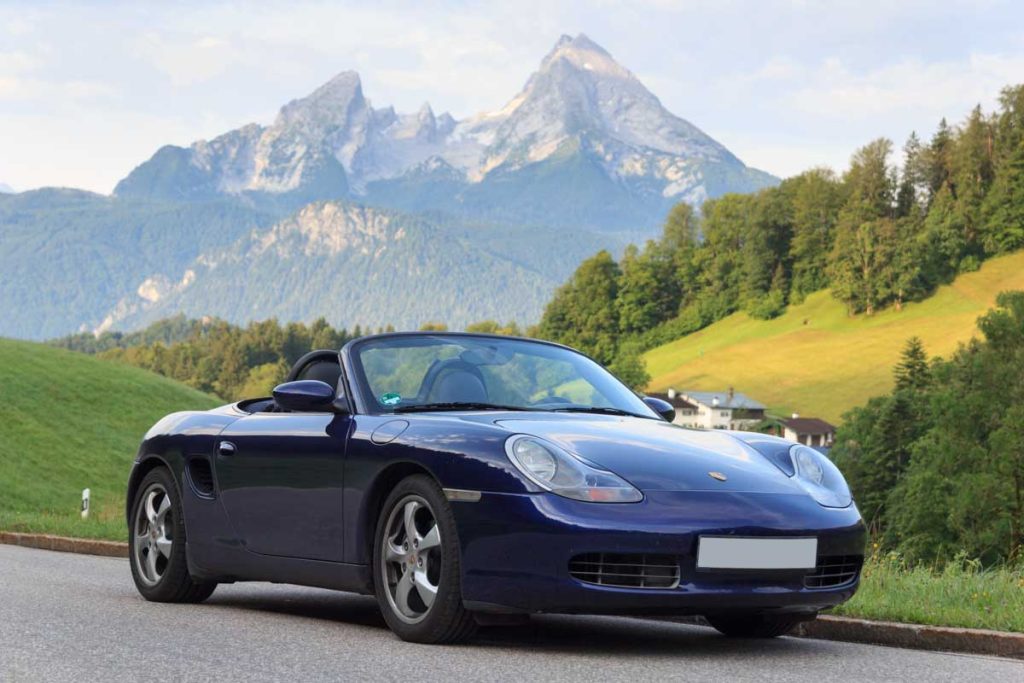
Where the engine and transmission are located within the chassis has a massive impact on balance. Front-engine cars are generally front-heavy unless carefully counterbalanced, mid-engine cars offer the best centralization of mass and are prized for their agile handling, while rear-engine cars have excellent traction but can be prone to oversteer.
These fundamental design decisions dictate how a car transfers weight, how it responds to throttle and brake inputs, and how easily it can be rotated or controlled at the limit.
- Front-engine, mid-engine, rear-engine cars all balance differently.
- Mid-engine = best for centralized mass and rotation.
- Rear-engine = rear-heavy, prone to oversteer but great traction.
- Front-engine = front-heavy, better packaging, but understeer-prone if not carefully balanced.
Aerodynamics

At higher speeds, aerodynamic forces begin to play a major role in balance. Downforce, generated by splitters, wings, diffusers, and underbody design, pushes the car into the pavement, increasing grip. The balance of downforce between the front and rear of the car determines how stable or twitchy it feels at speed.
If the front has too much downforce, the car may oversteer; if the rear has more, it may understeer. On track cars and race cars, aero balance is a key setup consideration, and in high-end applications like Formula 1, it’s constantly adjusted during races.
- Downforce balance between front and rear affects grip distribution.
- Active aero or adjustable wings can alter handling balance dynamically at speed.
Summary: Key Contributors to Car Balance
| Factor | Role in Balance |
|---|---|
| Weight distribution | Foundation for balance in all directions |
| Spring/damper rates | Controls how the car reacts to load shifts |
| Anti-roll bars | Tunes understeer/oversteer behavior |
| Suspension geometry | Maximizes tire grip and handling response |
| Ride height/CG | Lowers roll center, improves stability |
| Tires | Directly affect grip and traction at each corner |
| Drivetrain layout | Determines how power delivery affects handling |
| Chassis stiffness | Maintains consistent handling under stress |
| Corner weighting | Essential for optimal race setup |
| Aerodynamics | Alters grip balance dynamically at speed |
Different Apps, Different Balance Goals
There’s no one-size-fits-all for balancing a car. You’ll want to tailor your setup for the kind of punishment you’re handing out.
- Autocross: Quick transitions. You want a car that rotates easily and doesn’t push at low speed.
- Rallycross: Grip is loose, weight transfer is life. A little oversteer bias can help you rotate with the throttle.
- Track Days/Time Attack: High-speed stability matters. Balance aero and suspension to maintain control without scrubbing too much speed.
- Drifting: Forget grip. You want predictable breakaway and oversteer you can ride like a wave.
Balance Is a Journey, Not a Destination
There is no “perfect setup.” There is only what works for you, your car, and the thing you’re trying to do. The best way to find balance? Test. Tune. Repeat.
- Keep a logbook.
- Change one thing at a time.
- Pay attention to what the car feels like—not just lap times.
And if you end up sideways in the grass a few times? Hey, you’re learning. Sometimes being off-balance is the key to moving forward.

